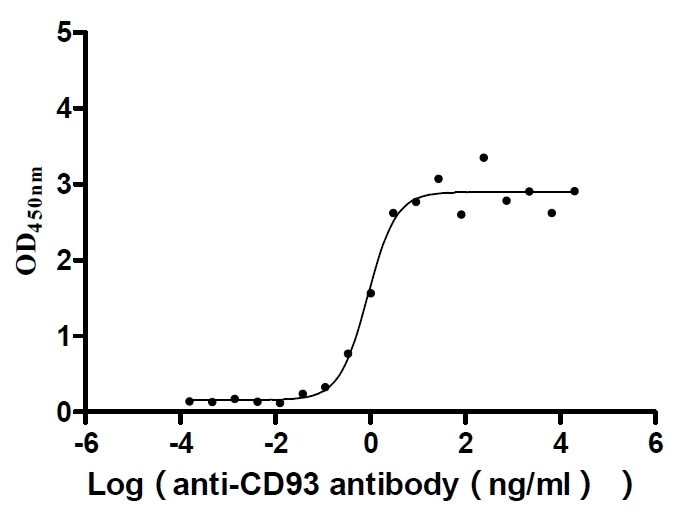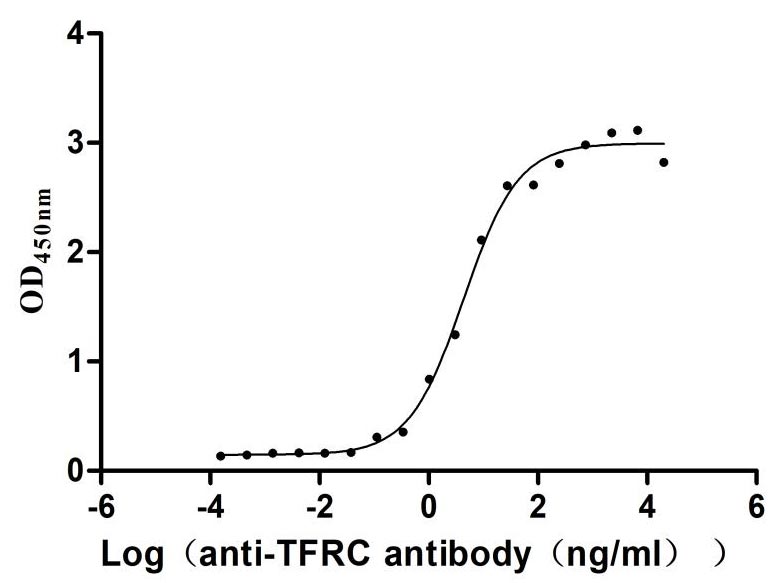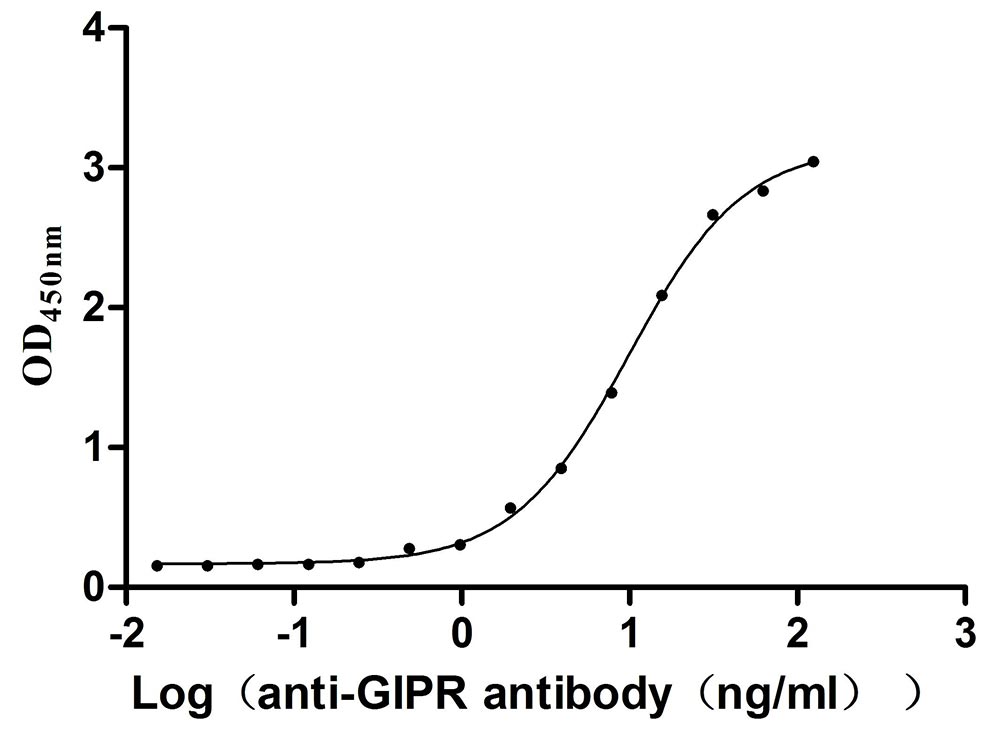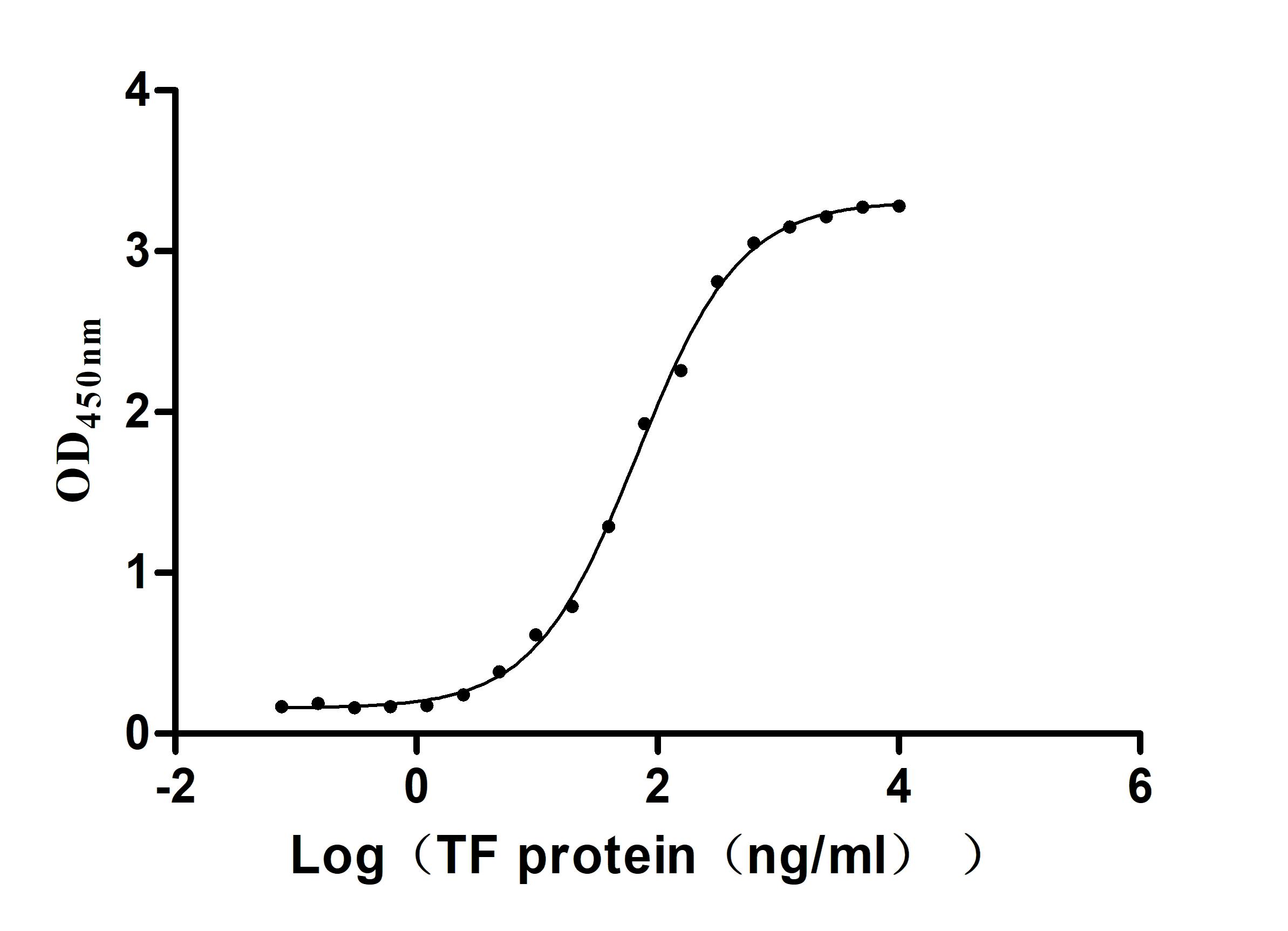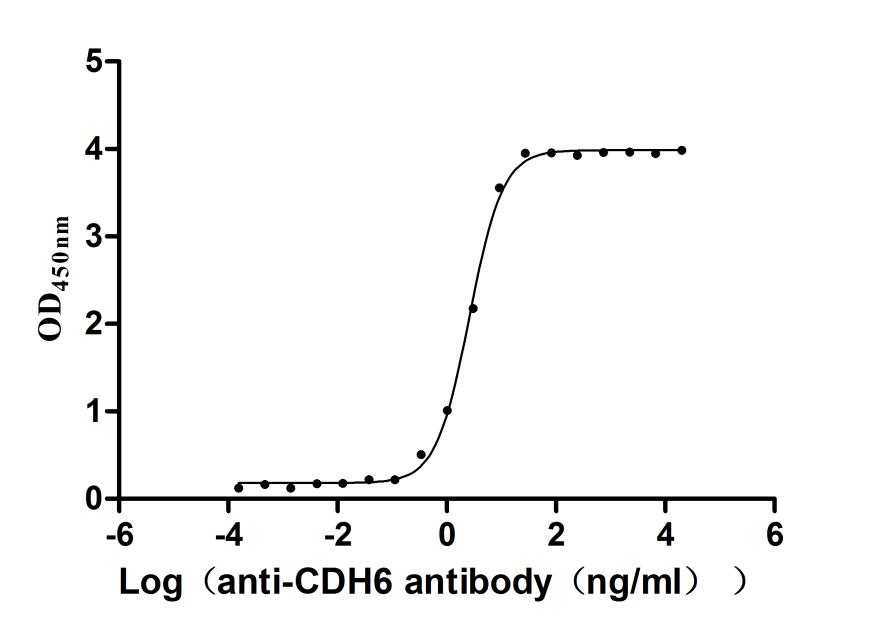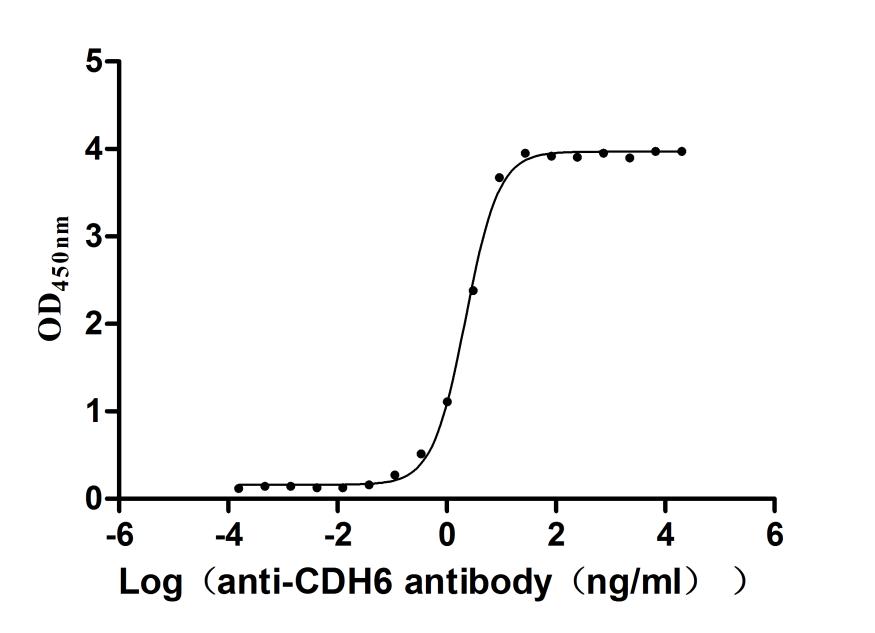Recombinant Human Transcriptional and immune response regulator (TCIM)
-
中文名稱:Recombinant Human Transcriptional and immune response regulator (TCIM)
-
貨號:CSB-EP882079HUc7
-
規格:¥1536
-
圖片:
-
其他:
產品詳情
-
純度:Greater than 85% as determined by SDS-PAGE.
-
生物活性:Not Test
-
基因名:TCIM
-
Uniprot No.:
-
種屬:Homo sapiens (Human)
-
蛋白長度:Full Length
-
來源:E.coli
-
分子量:19.2 kDa
-
表達區域:1-106aa
-
氨基酸序列MKAKRSHQAVIMSTSLRVSPSIHGYHFDTASRKKAVGNIFENTDQESLERLFRNSGDKKAEERAKIIFAIDQDVEEKTRALMALKKRTKDKLFQFLKLRKYSIKVH
Note: The complete sequence may include tag sequence, target protein sequence, linker sequence and extra sequence that is translated with the protein sequence for the purpose(s) of secretion, stability, solubility, etc.
If the exact amino acid sequence of this recombinant protein is critical to your application, please explicitly request the full and complete sequence of this protein before ordering. -
蛋白標簽:C-terminal 6xHis-tagged
-
產品提供形式:Liquid or Lyophilized powder
Note: We will preferentially ship the format that we have in stock, however, if you have any special requirement for the format, please remark your requirement when placing the order, we will prepare according to your demand. -
緩沖液:If the delivery form is liquid, the default storage buffer is Tris/PBS-based buffer, 5%-50% glycerol. If the delivery form is lyophilized powder, the buffer before lyophilization is Tris/PBS-based buffer, 6% Trehalose, pH 8.0.
-
復溶:We recommend that this vial be briefly centrifuged prior to opening to bring the contents to the bottom. Please reconstitute protein in deionized sterile water to a concentration of 0.1-1.0 mg/mL.We recommend to add 5-50% of glycerol (final concentration) and aliquot for long-term storage at -20℃/-80℃. Our default final concentration of glycerol is 50%. Customers could use it as reference.
-
儲存條件:Store at -20°C/-80°C upon receipt, aliquoting is necessary for mutiple use. Avoid repeated freeze-thaw cycles.
-
保質期:The shelf life is related to many factors, storage state, buffer ingredients, storage temperature and the stability of the protein itself.
Generally, the shelf life of liquid form is 6 months at -20°C/-80°C. The shelf life of lyophilized form is 12 months at -20°C/-80°C. -
貨期:Basically, we can dispatch the products out in 3-7 working days after receiving your orders. Delivery time may differ from different purchasing way or location, please kindly consult your local distributors for specific delivery time.
-
注意事項:Repeated freezing and thawing is not recommended. Store working aliquots at 4℃ for up to one week.
-
Datasheet & COA:Please contact us to get it.
相關產品
靶點詳情
-
功能:Seems to be involved in the regulation of cell growth an differentiation, may play different and opposite roles depending on the tissue or cell type. May enhance the WNT-CTNNB1 pathway by relieving antagonistic activity of CBY1. Enhances the proliferation of follicular dendritic cells. Plays a role in the mitogen-activated MAPK2/3 signaling pathway, positively regulates G1-to-S-phase transition of the cell cycle. In endothelial cells, enhances key inflammatory mediators and inflammatory response through the modulation of NF-kappaB transcriptional regulatory activity. Involved in the regulation of heat shock response, seems to play a positive feedback with HSF1 to modulate heat-shock downstream gene expression. Plays a role in the regulation of hematopoiesis even if the mechanisms are unknown. In cancers such as thyroid or lung cancer, it has been described as promoter of cell proliferation, G1-to-S-phase transition and inhibitor of apoptosis. However, it negatively regulates self-renewal of liver cancer cells via suppresion of NOTCH2 signaling.
-
基因功能參考文獻:
- Identified a new circRNA, circZFR, that was significantly upregulated in papillary thyroid carcinoma (PTC). CircZFR could promote C8orf4 expression via serving as a competing endogenous RNA of miR-1261 in PTC cells. Rescue assays indicated that restoration of C8orf4 significantly attenuated the inhibitory effects of circZFR knockdown on PTC cell proliferation, migration and invasion. PMID: 29842886
- Decreased capacity of fibrotic lung fibroblasts to up-regulate COX-2 expression and COX-2-derived PGE2 synthesis is due to an indirect epigenetic mechanism involving hypermethylation of the transcriptional regulator, c8orf4. PMID: 26744410
- C8orf4 negatively regulates the self-renewal of liver CSCs via suppression of NOTCH2 signalling PMID: 25985737
- the high expression of TC1 was common in oral tongue squamous cell carcinomas and correlated with the expression of b-catenin and cyclin D1 and the progression of oral tongue squamous cell carcinomas PMID: 25869879
- TC-1 overexpression promotes cell proliferation in human non-small cell lung cancer that can be inhibited by PD173074. PMID: 24941347
- TC-1 expression is associated with aggressive biologic behavior in lung cancer and might coordinate with the Wnt/beta-catenin pathway as a positive upstream regulator that induces these behaviors. PMID: 23880650
- The higher expression of TC-1 in ovarian compared to colorectal adenocarcinomas suggests its potential use as a marker PMID: 23377761
- The SNP rs10958605 in the C8orf4 gene had the smallest p value in analyses of the motor outcome. PMID: 22658654
- A significant association was found between the copy-number deletions of C8orf4 and the risk of hematological malignancies. PMID: 20878554
- Overexpression of TC-1 may be important in thyroid carcinogenesis. PMID: 15087392
- data indicate that TC1 is a novel upstream regulator of the Wnt/beta-catenin pathway that enhances aggressive behavior of cancers PMID: 16424001
- The TC1 coordinates the up-regulation of Wnt/beta-catenin target genes that are implicated in the aggressive biological behavior of cancers. PMID: 16740781
- Gene induces transformed phenotype when overexpressed in a cancer breast cell line. PMID: 17178857
- TC-1 over expression is transforming and may link with the FGFR pathway in a subset of breast cancer. PMID: 17520678
- Our data suggest that TC1 is a novel heat shock response regulator. PMID: 17603013
- intrinsically disordered TC-1 interacts with Cby via its transient helical structure PMID: 17905836
- TC1 was involved in the mitogen-activated ERK1/2 signaling pathway and positively regulated G(1)- to S-phase transition of the cell cycle. PMID: 18959821
顯示更多
收起更多
-
亞細胞定位:Cytoplasm. Nucleus, nucleolus. Nucleus speckle. Nucleus.
-
組織特異性:Ubiquitous. Expressed in thyroid papillary carcinoma. Expressed in liver, expression levels decrease in hepatocellular carcinoma. Slightly detected in normal lung, its expression is highly induced in lung cancer cells (at protein level).
-
數據庫鏈接:
Most popular with customers
-
Recombinant Human IGF-like family receptor 1 (IGFLR1), partial (Active)
Express system: Mammalian cell
Species: Homo sapiens (Human)
-
Recombinant Human Claudin-18.2 (CLDN18.2)-VLPs (Active)
Express system: Mammalian cell
Species: Homo sapiens (Human)
-
Recombinant Human Complement component C1q receptor (CD93), partial (Active)
Express system: Mammalian cell
Species: Homo sapiens (Human)
-
Recombinant Human Transferrin receptor protein 1 (TFRC), partial (Active)
Express system: Mammalian cell
Species: Homo sapiens (Human)
-
Recombinant Mouse Gastric inhibitory polypeptide receptor (Gipr), partial (Active)
Express system: Mammalian cell
Species: Mus musculus (Mouse)
-
Recombinant Human Serotransferrin(TF) (Active)
Express system: Mammalian cell
Species: Homo sapiens (Human)
-
Recombinant Human Cadherin-6(CDH6),partial (Active)
Express system: Mammalian cell
Species: Homo sapiens (Human)
-
Recombinant Macaca fascicularis Cadherin 6(CDH6),partial (Active)
Express system: Mammalian cell
Species: Macaca fascicularis (Crab-eating macaque) (Cynomolgus monkey)

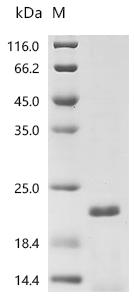

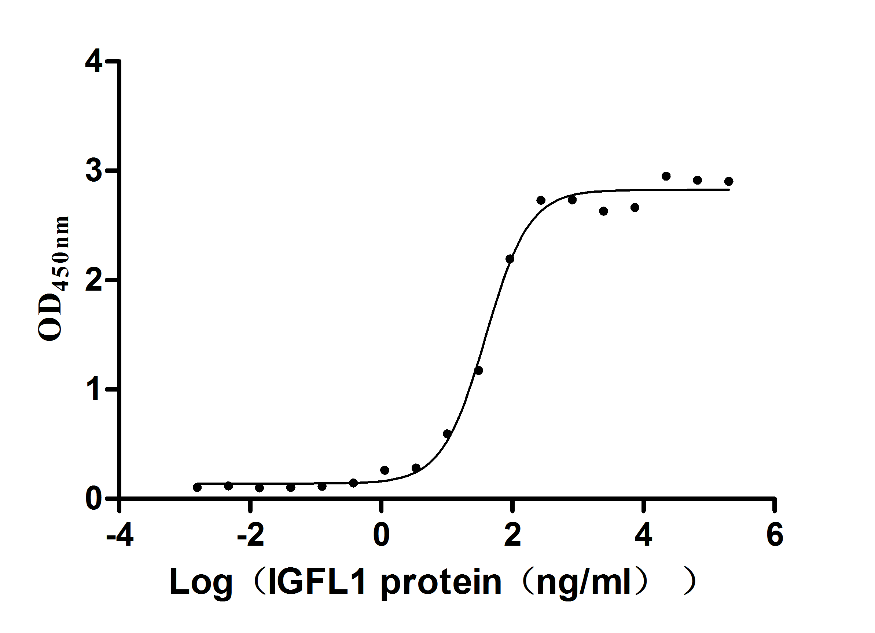
-AC1.jpg)
